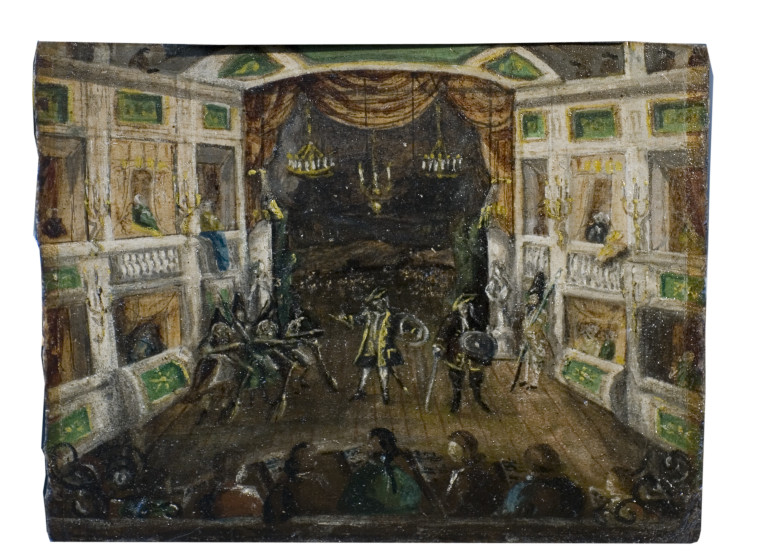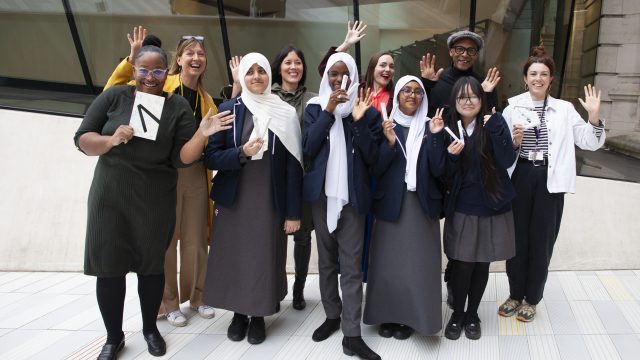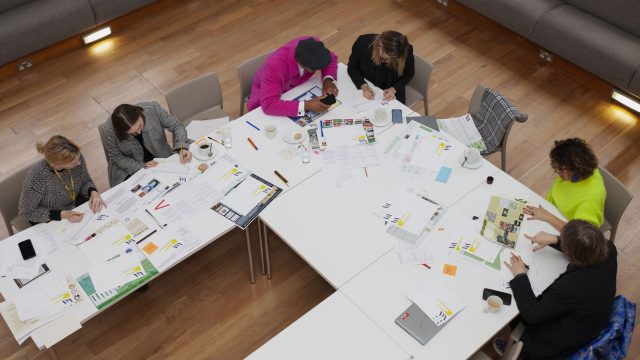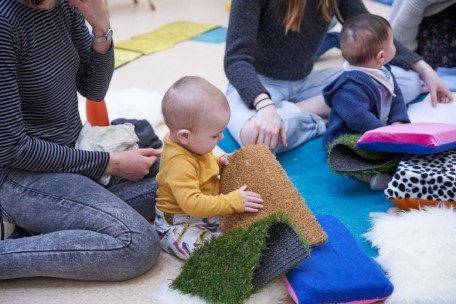This is a guest post by Dr Enza De Francisci who is currently preparing a Shakespeare and Italy course at the V&A supported by the University College London-King’s College London Collaborative Learning Fellowship in the Arts, Society and the Humanities
Sometime last year, I came across an email advertising a Collaborative Fellowship in Learning in the Arts, Society and the Humanities (CLASH), funded by the Arts and Humanities Research Council and open to University College London and King’s College London. Are you a PhD or post-doctoral researcher based at UCL or KCL (yes). Are you interested in engaging with the public (why not?). Would you like the chance to collaborate with a cultural partner such as the V&A (definitely!). And this was the start of my exciting journey into the V&A – via Shakespeare!
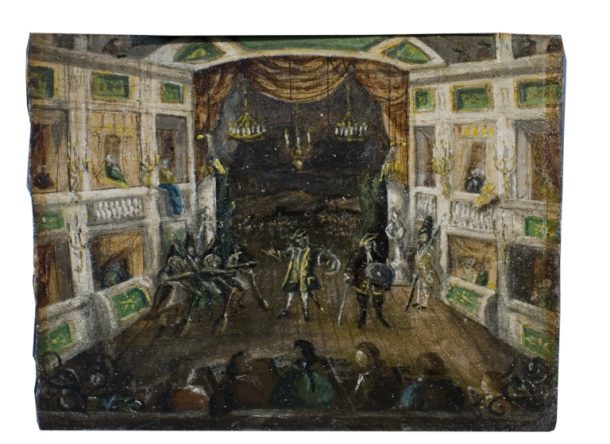
2016 will be the 400th anniversary of Shakespeare’s death so was there something I could contribute to the museum to mark this special occasion? The Fellowship at the V&A offers two early career researchers the opportunity to either run a study day or lead a course. I favoured the latter as I had already run a conference, The International Voice in Shakespeare, at the Rose Theatre Bankside in 2013 and series of seminars on Italian theatre, Centre Stage, at UCL and so I felt particularly inspired to develop my interests even further at the V&A by designing the first course to combine the study of Shakespeare with Italy. Wouldn’t it be interesting to provide a platform at the museum for both academics and theatre practitioners, bridging the gap between the scholarly discipline of Shakespeare and the practicalities of the stage? And wouldn’t it be fantastic to base each session in a different part of the museum relevant to the topic in question? My postdoctoral research focusses on how Sicilian dialect travelling troupes performed Shakespeare at a time when Sicily, given its history of invasions at the hands of the Arabs and the North Africans, was considered The Africa of Italy so could I perhaps locate my talk at the in the Islamic and Eastern Galleries to emphasize the Arabic Mediterranean flavour of my session?
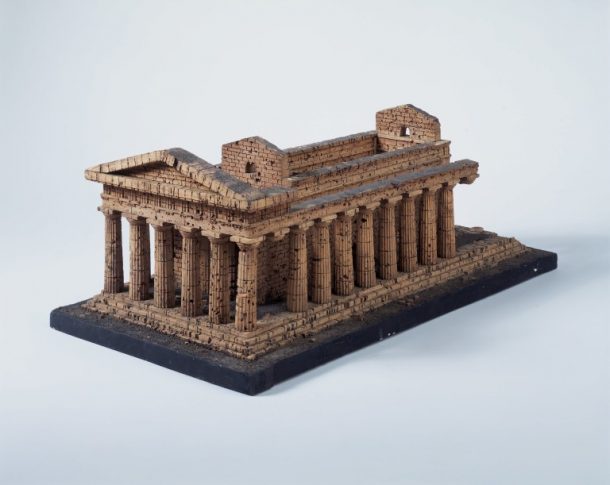
Almost a year after receiving that initial email in my inbox, two training courses at UCL, an induction at the V&A, and only one short application form, here I am at the V&A about to start my Fellowship with William Tullet from King’s who has also gained a placement to run a study day on perfumery. My first impression was just how busy the museum was behind the scenes. Museums are calm places where people browse around slowly but behind the scenes here at the V&A is a very different picture. We spent a lot of the time running up and down stairs, being introduced to the massive workforce in the Learning department, given strict itineraries to fit in with everyone’s busy schedules, observing Sophie Oosterwijk’s interesting lecture on the Dutch Golden Age, learning about the fascinating digital projects taking part in the museum, and going through piles of folders, leaflets, glossaries and other relevant documents. Our team leader Jo Banham was away that day and had left us a long list of things to explore but where to we begin?
Luckily for us, the day began with a chance to visit the extraordinary Alexander McQueen exhibition. The different garments, lights, sounds, flashing images and digital re-enactment of Kate Moss floating mid-air suited the mood of my first day perfectly: colourful, creative (slightly scary) but so exciting!
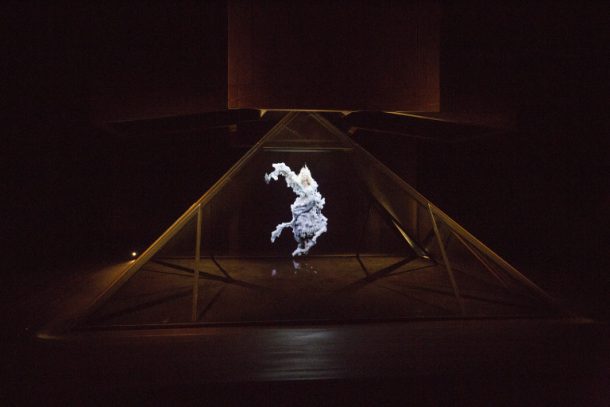
Dr Enza De Francisci teaches in the Department of Italian (School of European Language, Culture and Society) at University College London, where she completed her PhD thesis on late nineteenth-century and early twentieth-century Italian narrative and drama, and where she had occasion to research at the Scuola Normale in Pisa, the Pirandellian Institute in Rome, and the University of Bologna. Enza currently edits the theatre reviews in the peer-reviewed journal Pirandello Studies, and in 2013 contributed to the translation of Pirandello’s Liolà in a new version by Tanya Ronder and Richard Eyre staged at the National Theatre. For more posts, follow her on Academia.edu, Twitter , and Instagram.
